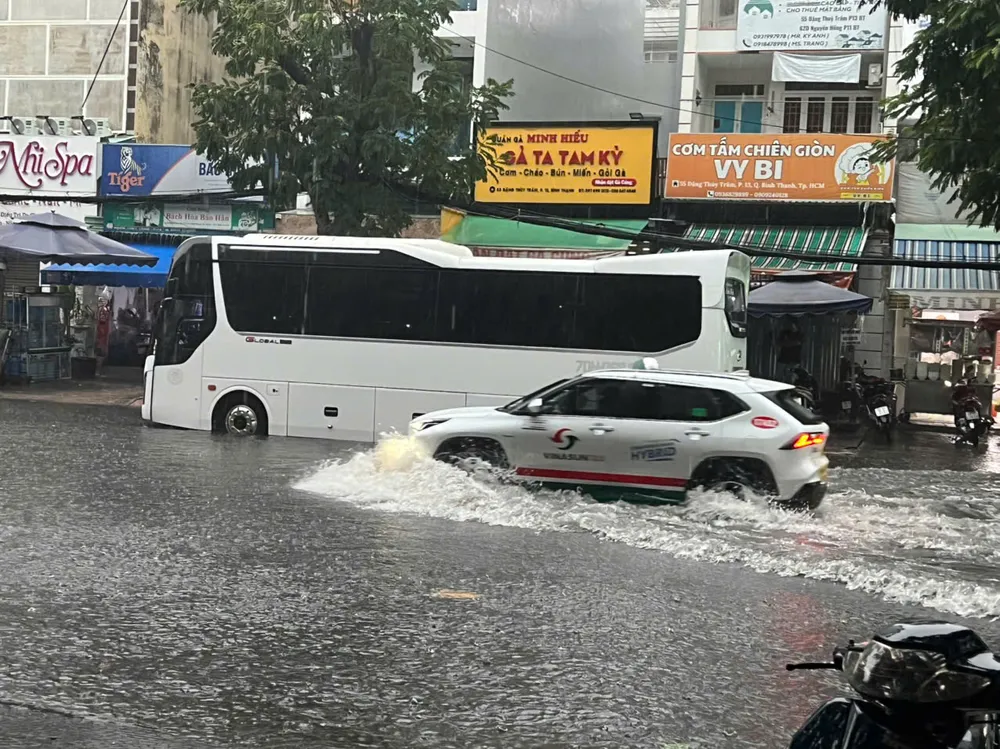
The report aims to evaluate the achieved results, point out the shortcomings and limitations in implementation, and at the same time serve as a basis for the City to continue adjusting and updating the development orientation for the period 2026-2030, in accordance with urban management requirements after expanding administrative boundaries.
According to the People's Committee of Ho Chi Minh City, the merger of the boundaries with Ba Ria - Vung Tau and Binh Duong poses an urgent need in planning and developing urban infrastructure, especially drainage and wastewater treatment systems. In the new context, the Department of Construction will review and adjust the above projects and plans, ensuring consistency with the scope of the area after the merger, aiming at sustainable urban development and climate change adaptation.
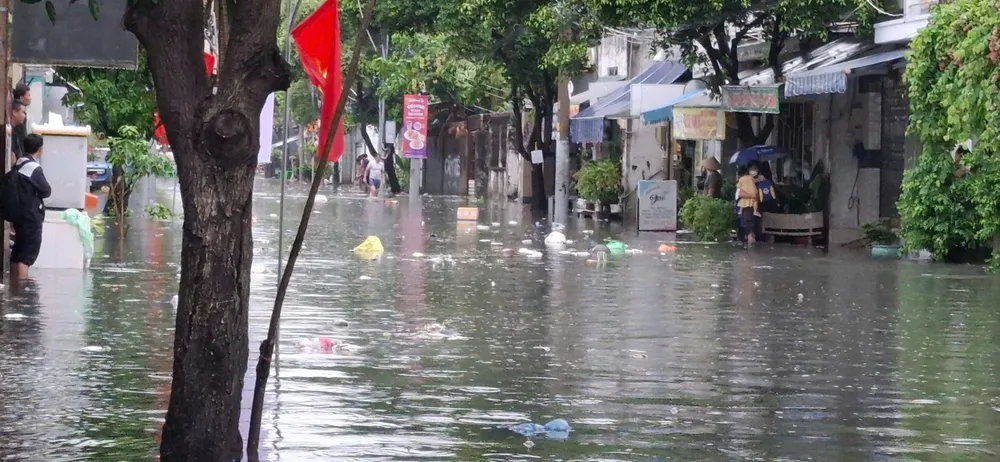
The goal for the next phase is to proactively forecast and control flooding caused by rain and high tides, while also completing the drainage system in peripheral areas, dredging the main drainage axis in conjunction with urban beautification and developing river tourism . The city will also invest in building centralized wastewater treatment plants in densely populated residential areas.
Specifically, Ho Chi Minh City aims to handle flooding caused by rain on 13 key routes, and resolve six areas with severe flooding caused by tides such as Huynh Tan Phat, Tran Xuan Soan, Le Van Luong, National Highway 50 and Binh Quoi area.
To implement this, the city has deployed 5 groups of solutions, including: Improving the quality and efficiency of planning, strengthening regional connectivity; Focusing on investing in synchronous drainage works according to basins, mobilizing ODA capital and socializing in the form of PPP; Reviewing and supplementing investment attraction policies, reforming administrative procedures, applying information technology in management; Developing a system for forecasting and warning of floods early, building water regulating reservoirs and applying advanced technology; Promoting the role of the Fatherland Front and organizations in propaganda, raising public awareness, and publicly and transparently disclosing investment resources for people to monitor.
According to the Ho Chi Minh City People's Committee, this project adjustment not only aims to effectively manage and invest in urban infrastructure, but also contributes to improving the ability to adapt to climate change, reduce natural disaster risks, improve the living environment and public health. This is also an important preparation step for Ho Chi Minh City to affirm its role as a super-large, smart, and sustainably developed urban area in the new period.
Source: https://www.sggp.org.vn/tphcm-dieu-chinh-de-an-chong-ngap-va-xu-ly-nuoc-thai-giai-doan-2026-2030-post813129.html


![[Photo] Prime Minister Pham Minh Chinh chairs meeting to deploy overcoming consequences of storm No. 10](https://vphoto.vietnam.vn/thumb/1200x675/vietnam/resource/IMAGE/2025/10/3/544f420dcc844463898fcbef46247d16)





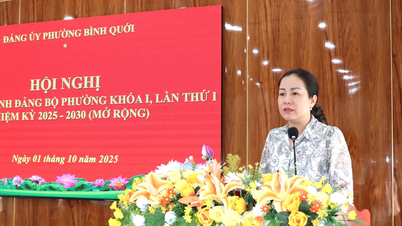


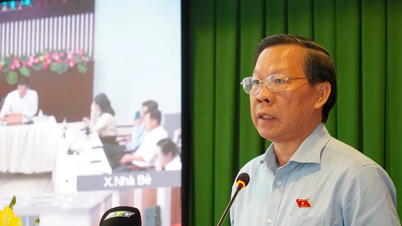
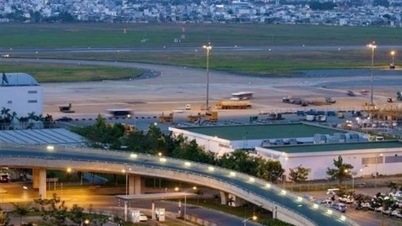
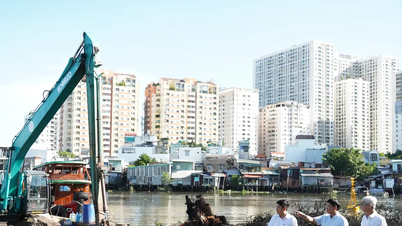
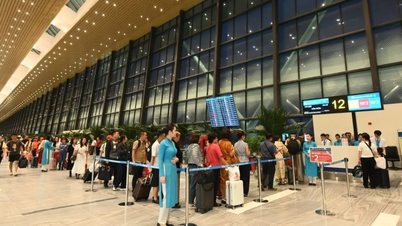


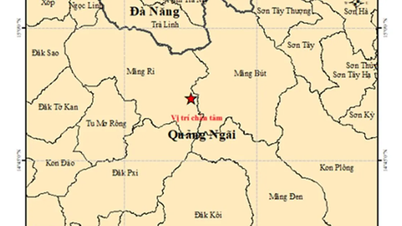
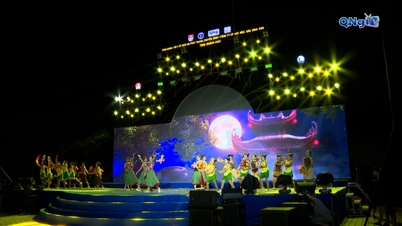

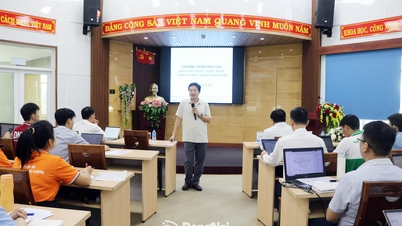



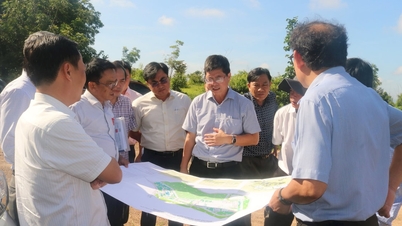






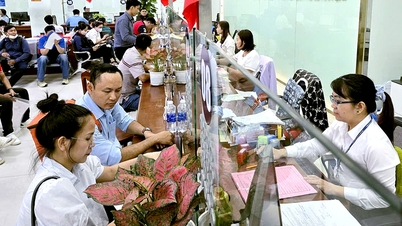

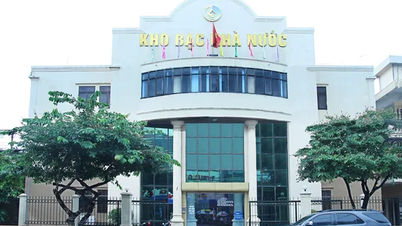


![[Photo] Binh Trieu 1 Bridge has been completed, raised by 1.1m, and will open to traffic at the end of November.](https://vphoto.vietnam.vn/thumb/1200x675/vietnam/resource/IMAGE/2025/10/2/a6549e2a3b5848a1ba76a1ded6141fae)












































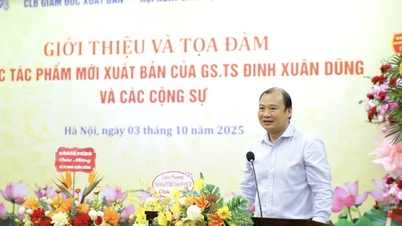
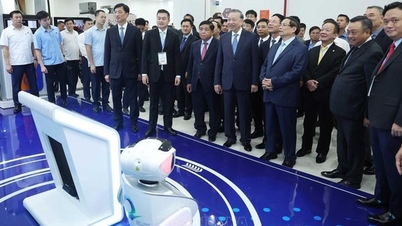


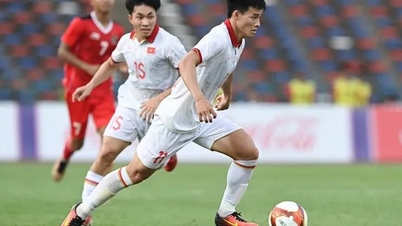

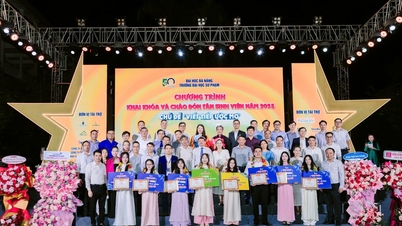
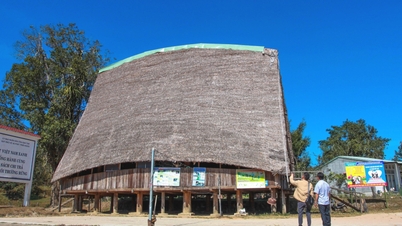
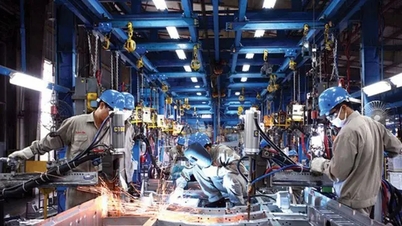
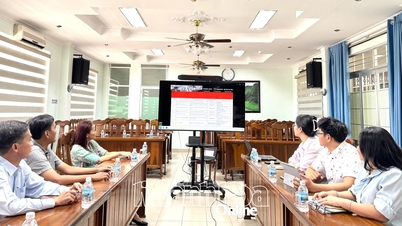
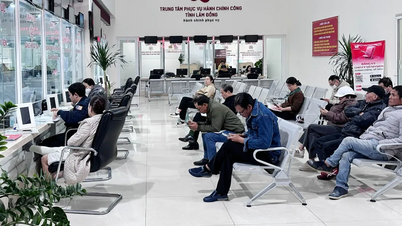
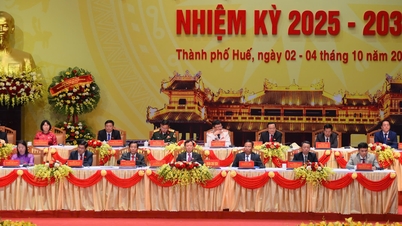













Comment (0)